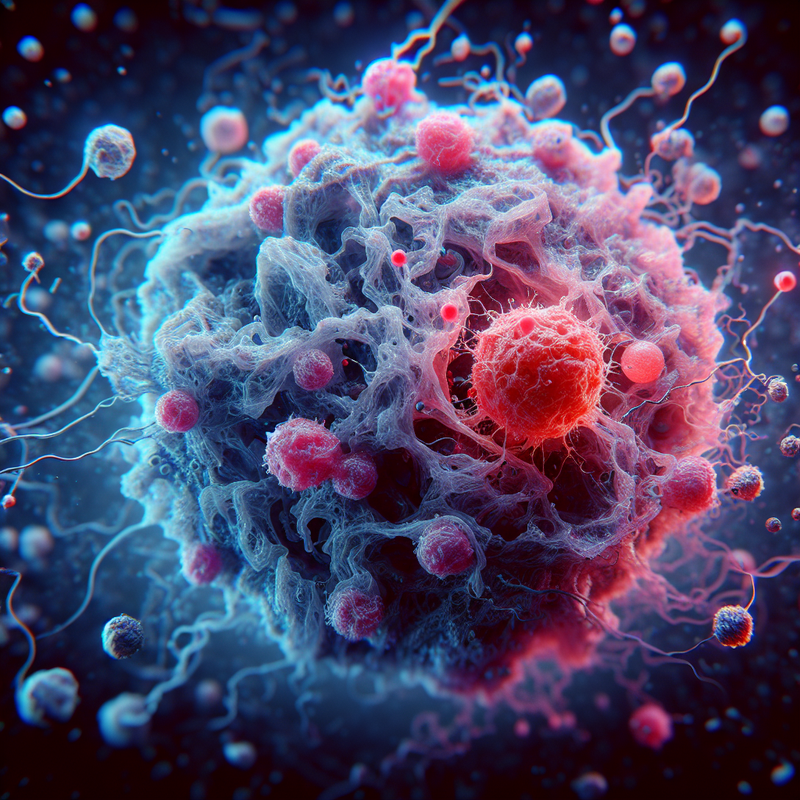A recent preclinical study has led to a monumental discovery in which a commonly used FDA-sanctioned antidepressant has shown effectiveness in curbing the progression of glioblastoma, a notoriously relentless and fatal brain cancer. This significant revelation could carve out new therapeutic avenues for those combating this infrequent but lethal ailment.
Encouraging Early-Stage Discoveries
Under the guidance of Sohyon Lee, a molecular biologist at ETH Zurich, the research unearthed that vortioxetine, a medicine that alters serotonin levels, demonstrated efficacy in hampering the proliferation of glioblastoma cells within both living mice and human tissue specimens outside the body. Known for its swift and unyielding expansion, glioblastoma typically culminates in death for the majority of patients within a five-year window post-diagnosis. With current treatments confined to radiotherapy, chemotherapy, and occasionally surgery, and only a handful of drugs that can breach the blood-brain barrier, the need for new options is dire.
Neurologist Michael Weller from the University Hospital Zurich in Switzerland noted, “Vortioxetine brings the benefits of being both secure in use and quite economical.” He continued, “Given that the drug is already sanctioned for use, a complex approval procedure is unnecessary, and it might quickly enhance the conventional approach to treating this malignant brain tumor.”
In an expansive screening that included 27 patient tissue samples, the research squad meticulously evaluated 132 medicinal substances, charting in excess of 2,500 drug impacts. They identified the distinct capacity of vortioxetine to trigger crucial signaling pathways that inhibit the spread of cancer cells, distinguishing it from other antidepressants. This finding was bolstered by MRI analyses revealing that mice administered vortioxetine showed considerably less tumor development in contrast to those given a common SSRI antidepressant like citalopram, or who received no treatment.
Further examination illustrated that mice afflicted with glioblastoma and treated with vortioxetine not only showcased inhibited tumor growth but also exhibited enhanced survival rates compared to those receiving standard chemotherapy drugs alone.
While these results are groundbreaking, specialists like Weller urge against unguided use of the medication. He highlights that the appropriate dose for counteracting the tumor remains unknown in humans, and therefore, clinical trials are necessary. “Opting for self-medication would be fraught with unpredictable risks,” he cautions.
Vortioxetine may be accelerated as an additional therapy for glioblastoma if human studies corroborate the preclinical findings. “We began with this daunting tumor and identified existing medications that confront it,” said Berend Snijder, another molecular biologist from ETH Zurich. “We have illustrated the mechanisms and reasons for their effectiveness, preparing us to commence trials on patients.” Not only does this study underscore the incredible potential for the reallocation of existing drugs but also illuminates a beacon of hope for the estimated 250,000 individuals receiving a glioblastoma diagnosis annually. The comprehensive results of this research have been documented in Nature Medicine.







